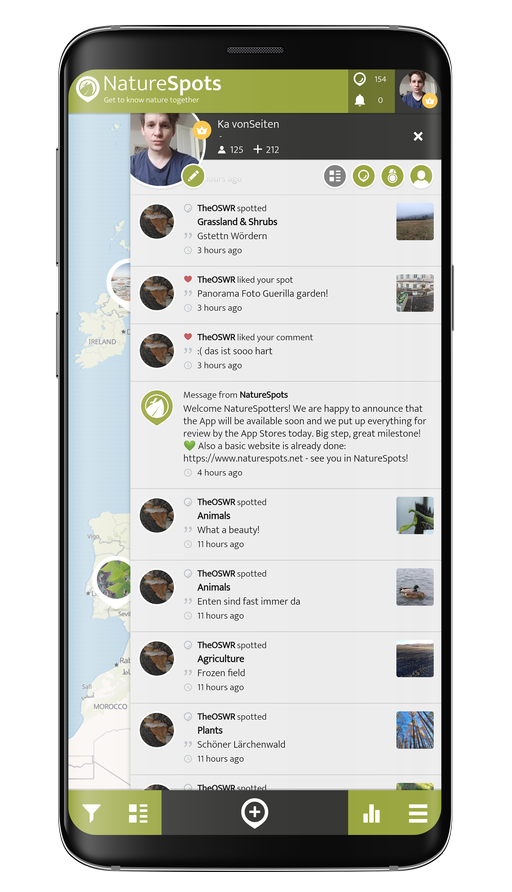Semi-natural grasslands are a very common subcategory of the grasslands biome. These can be defined as: Grassland existing as a result of human activity (mowing or livestock grazing), where environmental conditions and the species pool are maintained by natural processes.
Although their plant communities are natural, their maintenance depends upon anthropogenic activities such as grazing and cutting regimes. The semi-natural grasslands contain many species of wild plants, including grasses, sedges, rushes, and herbs; 25 plant-species per 100 square centimeters can be found.
In many parts of the world, few examples have escaped agricultural improvement (fertilizing, weed killing, plowing, or re-seeding). For example, original North American prairie grasslands or lowland wildflower meadows in the UK are now rare and their associated wild flora equally threatened. Associated with the wild-plant diversity of the "unimproved" grasslands is usually a rich invertebrate fauna; there are also many species of birds that are grassland "specialists", such as the snipe and the little bustard. Due to semi-natural grasslands being referred to as one of the most-species rich ecosystems in the world and essential habitat for many specialists, also including pollinators,there are many approaches to conservation activities lately.
Source: Wikipedia contributors. "Grassland." Wikipedia, The Free Encyclopedia. Wikipedia, The Free Encyclopedia, 13 Sep. 2021. Web. 14 Sep. 2021.

